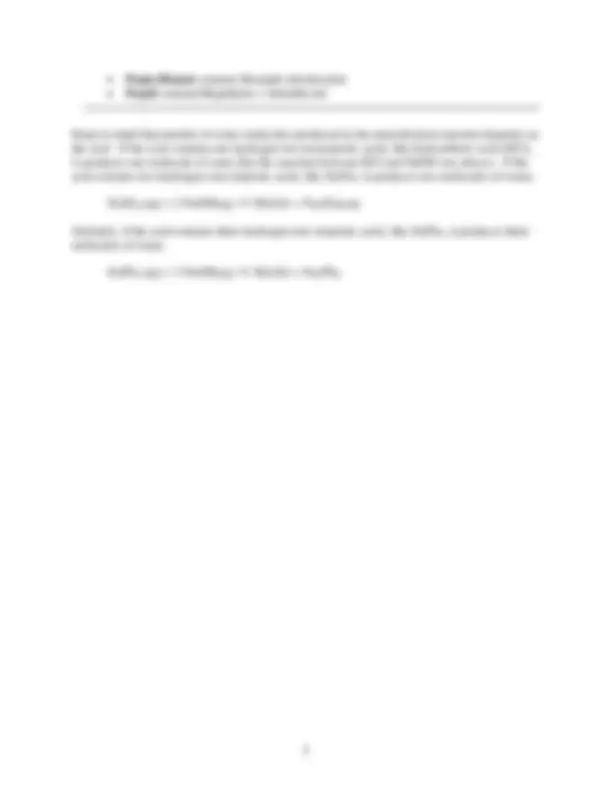



Study with the several resources on Docsity

Earn points by helping other students or get them with a premium plan


Prepare for your exams
Study with the several resources on Docsity

Earn points to download
Earn points by helping other students or get them with a premium plan
Community
Ask the community for help and clear up your study doubts
Discover the best universities in your country according to Docsity users
Free resources
Download our free guides on studying techniques, anxiety management strategies, and thesis advice from Docsity tutors
This reaction is known neutralization reaction. Acid + Base → Water + Salt. For example, when hydrochloric acid is neutralized by the sodium hydroxide, the ...
Typology: Study notes
1 / 2

This page cannot be seen from the preview
Don't miss anything!


Acids and bases are the most important class of substances that occur in nature everywhere. Simple definitions of acid and base are:
Some acids and bases occur naturally like hydrochloric acid in the stomach and ammonia gas (in aquatic organisms and some insects, nitrogenous waste (from the breakdown of amino acids) is excreted in the form of ammonia). Some acids and bases are also formed when oxides of nonmetals and oxides of metals react with water. For example, when sulfur dioxide (oxide of sulfur, a nonmetal) combines with water, it produces sulfuric acid (acid rain) according to the following equation.
SO 2 (g) + H 2 O(l) Æ H 2 SO 4 (aq)
When oxide of metal like calcium oxide (also known as lime or quicklime) reacts with water, it forms a base calcium hydroxide.
CaO(s) + H 2 O(l) Æ Ca(OH) 2 (aq)
When acid and base are mixed, they neutralize each other forming water as a soluble salt. This reaction is known neutralization reaction.
Acid + Base Æ Water + Salt
For example, when hydrochloric acid is neutralized by the sodium hydroxide, the following neutralization reaction takes place producing water and sodium chloride as a soluble salt.
HCl(aq) + NaOH(aq) Æ H 2 O(l) + NaCl(aq)\
This is the bases for designing the antacids. An antacid is any substance, generally a base, which counteracts stomach acidity. In other words, antacids are stomach acid neutralizers.
Some examples of antacids (brand names may vary in different countries).
Keep in mind that number of water molecules produced in the neutralization reaction depends on the acid. If the acid contains one hydrogen ion (monoprotic acid), like hydrochloric acid (HCl), it produces one molecule of water like the reaction between HCl and NaOH (see above). If the acid contains two hydrogen ions (diprotic acid), like H 2 SO 4 , it produces two molecules of water.
H 2 SO 4 (aq) + 2 NaOH(aq) Æ 2H 2 O(l) + Na 2 SO 4 (aq)
Similarly, if the acid contains three hydrogen ions (triprotic acid), like H 3 PO 4 , it produces three molecules of water.
H 3 PO 4 (aq) + 3 NaOH(aq) Æ 3H 2 O(l) + Na 3 PO 4